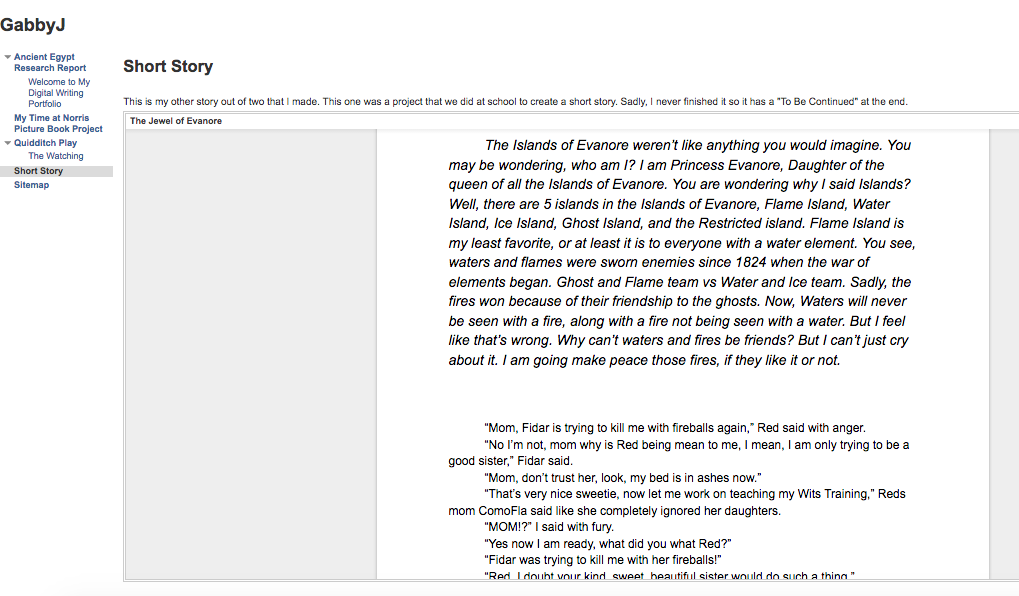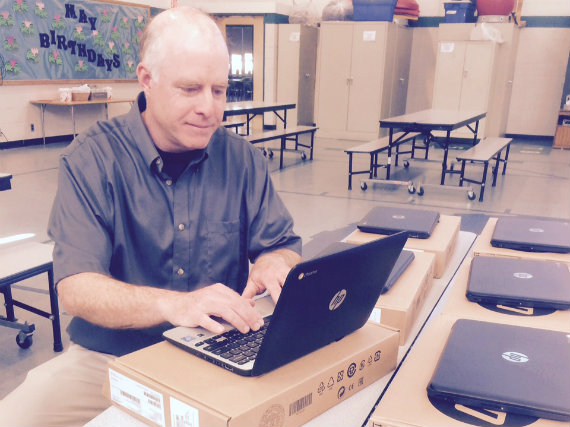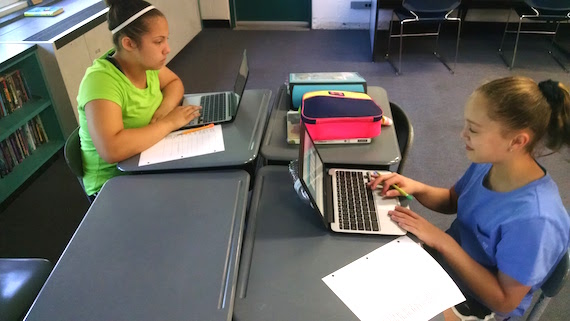Teaching Curation in the Age of Cacophony
A MiddleWeb Blog
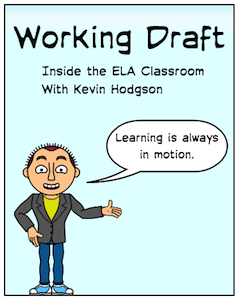 I was recently on the hunt to find an old blog post of mine. Even with a solid search engine built right into the core of my blog, I kept coming up empty.
I was recently on the hunt to find an old blog post of mine. Even with a solid search engine built right into the core of my blog, I kept coming up empty.
I knew I had written the post, but I could not remember the keywords that would tighten my search. It was one of those ‘needle in the haystack’ situations.
I did eventually find what I was looking for, but not without my fair share of exasperation and wasted time. It reminded me that while we may live in a Digital World where we write more than ever and we read more than ever, finding those stories, and gathering them up together in a meaningful way – that’s the next step many of us still need to take.
Including our students.
Helping students gather their digital work
In a previous Working Draft post here at Middleweb, I wrote about a project to create and maintain a digital teaching portfolio for my professional educator goals for the year. It was a shift away from a bound folder of paper materials, and my school principal graciously supported my pilot venture as part of the teacher evaluation process.
I also noted in that post that I was bringing my sixth grade students along on a similar ride, showing them how to gather up some of their stories and essays and media projects from our year together into a digital writing portfolio. This column seeks to bring that inquiry full circle.
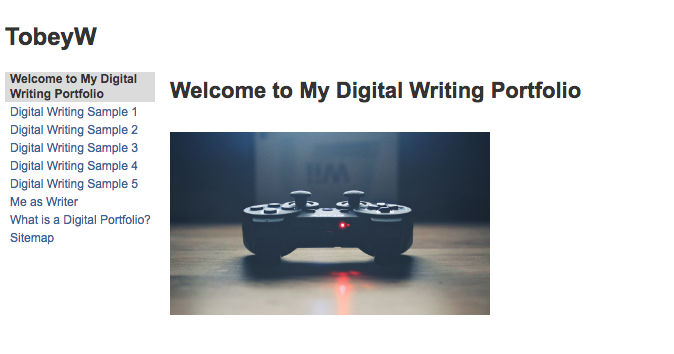
In fact, by the end, there were more than 25 projects that had been completed in their Google ecosystem. This includes writing projects, written reflections, slideshows, audio files and more. Projects outside of Google included web comics and video game design projects.
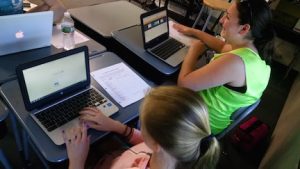
If ever there was a need for curation education, it’s right now, in this day and age of information flowing in from all sides. From Facebook. From Twitter. From Snapchat. From YouTube. From everywhere, really. We’re all sinking under a deluge of media, and young people – for good or for ill – are right smack dab in the middle of it all.
Curation, and knowing how to filter content through a reflective lens, is one way to make sense of the flow by pulling disparate parts together under a common theme, adding reflective practice to put the flotsam into some perspective. This, really, is the heart and soul of digital portfolios.
What our process looked like
The last few weeks of the school year, I had my students go back through their writing with new eyes. The internal structure of Google Docs and Slides does not make this tour necessarily easy, either, as everything gets listed in bundles with no necessary thematic rhyme or reason.
And do you think all sixth graders remember to even name their files when they create them? Many don’t. That meant slogging through “unnamed” files to discover what’s in them. Still, their task was to identify pieces that stood out. What were they most proud of? What resonated with them, months later? What would stand the test of time?
The goal was to create an intentional collection, not just for a moment at the end of sixth grade … but as a starting point for the next six years as they make their way through our regional middle and high schools. What will it be for a high school senior to pull up their sixth grade digital portfolio and remember the work that was done six years in the past? This is the crux of the question that drove this portfolio project.
Here are the nuts and bolts of how we went about it.
First, I decided early on to use Google Sites for the digital portfolios. There are a fair number of apps and platforms out there now that probably do a better job, but I was intent on keeping everything within the Google Apps for Education ecosystem because I wanted student work to seamlessly follow them into middle and high school.
I tinkered with creating a template and then, luckily, stumbled on a template that another educator (Andrea Cartwright) had built and shared out with the world. I grabbed a copy, adapted it for my students, and published it as my own template in our school district’s system.

This past spring, my school applied for and received a grant from a regional technology organization called MASSCUE to purchase a set of 15 new Chromebooks for my classroom. This is our first foray into Chromebooks, as we are a traditional Macbook school. The generous MASSCUE grant application was centered on using the Chromebooks for writing and, in particular, curating digital portfolios. The access to Chromebooks gives us more opportunity for writing in class, as our school has a limited number of laptop carts.
Finally, with computers in hand, they got to work on constructing their portfolios. The use of my Google Sites template made this phase so much easier than if they had to build a site from scratch. (By the way, I let them “play” with Google Sites a few days before all of this, to give them a feel for website construction. Never underestimate the need to build in “tinker time” with new technology.)
The downside of templates is that ownership of design is less student, more teacher. I presented some mini-lessons on how they could add “widgets” from within their Google accounts, pulling in documents and slideshows and other elements directly into their portfolio.
Good results but lots of room to improve
I’m happy enough with the results, but I know that I was learning about Digital Portfolios as we went along, too. Next time, I want more design choices in the hands of students. I’d also like to be more specific about the kinds of reflective writing I wanted to see with each featured piece of writing.
It would also have made more sense to begin constructing the portfolios earlier in the year, and then slowly building them over time. And while I encouraged students to share their portfolios with parents and family members, and kept families updated as best as I could, we ran out of time to do something more official around the sharing of portfolios, and I want to make that connection from school to home happen next year.
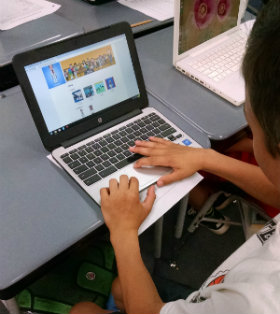
In the coming year, I will need to think more about the timing of rolling out a rubric in advance, as I believe the rubric could have set the stage for clearer expectations of students and of myself, particularly when I think about how I want them to compose deeper reflections and be thoughtful of design elements.
I’m curious to see how we can build on what we did this year into next year (but I continue to be a little wary of putting all of our eggs into the Google basket).
I remain hopeful that somewhere down the line, a former student will revisit their digital portfolio. In doing so, they will be imbued with memories of what we wrote and explored in sixth grade, and they’ll come away with a larger sense of what they learned during their time in sixth grade as a writer and beyond.

